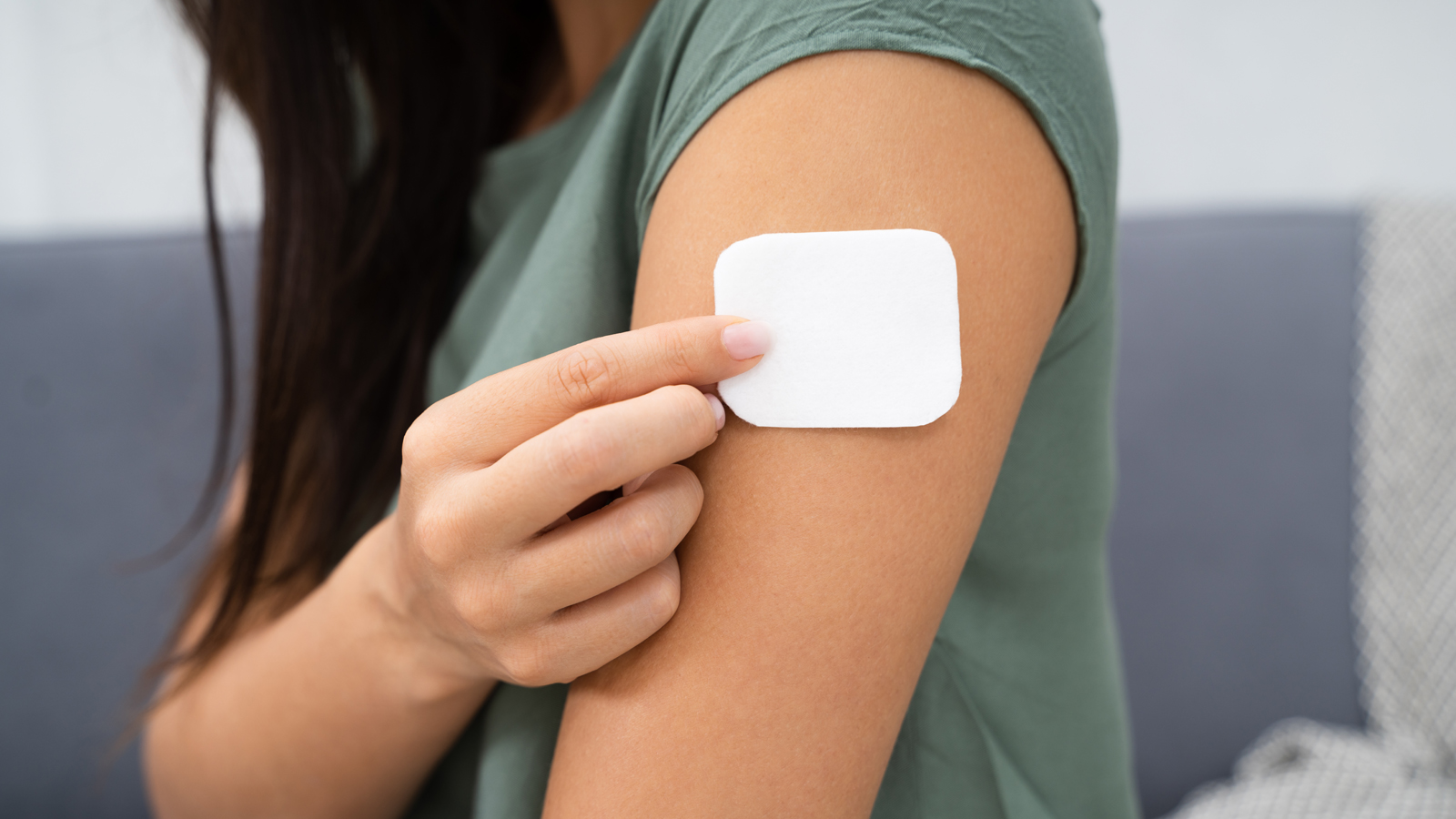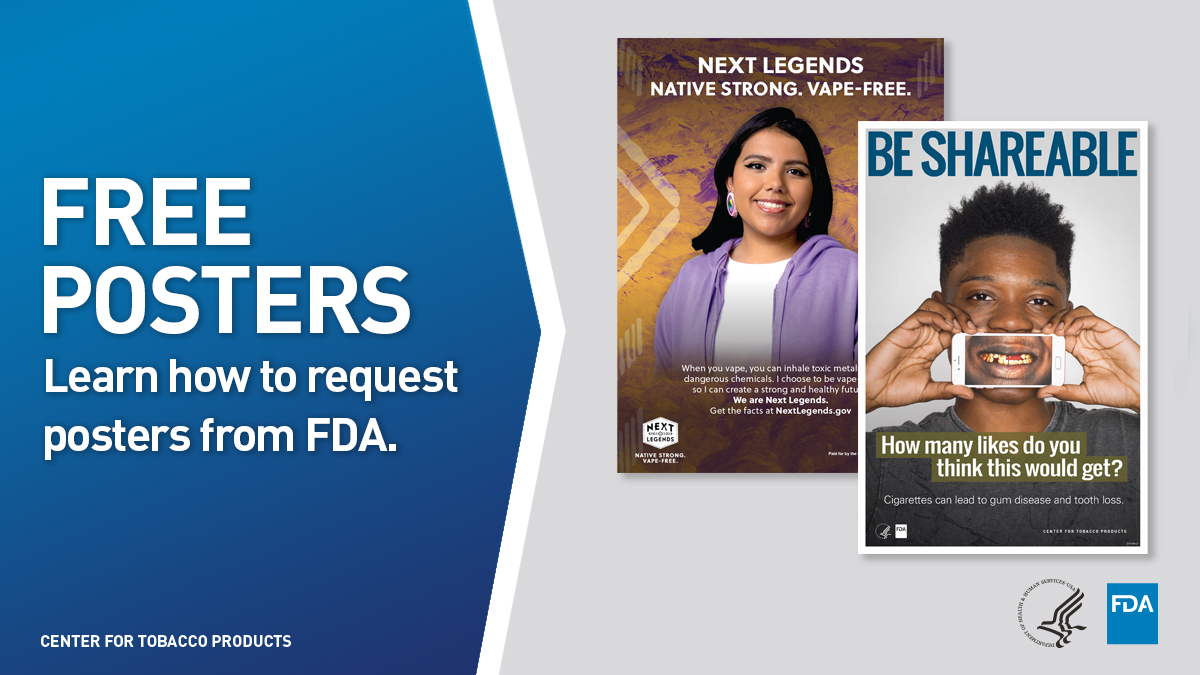What It’s Like to Quit Smoking
Each Quit Attempt Is a Step Forward
If you or a loved one are among the 34 million U.S. adults who smoke cigarettes in this country,1 and want to quit smoking, either for the first time or to make another attempt, do not give up, and know that you are not alone.
Cigarette smoking remains the leading cause of preventable death and disease in the United States, accounting for 480,000 premature deaths per year.2 While knowledge of the negative health effects of tobacco use can be helpful on the path to quitting smoking, it’s also important to be aware that many people who smoke do not quit for good on their first attempt and need several tries before they succeed.
What keeps people smoking even when they know cigarettes are harmful to their health? Nicotine, the highly addictive drug present in tobacco products. Cigarettes are designed to deliver nicotine quickly to the brain and is the main reason that people continue to use tobacco even when they want to quit.3
In 2015, nearly 70 percent of current adult smokers in the United States said they wanted to quit.4 In 2018, about 55 percent of adult smokers had made a quit attempt in the past year, but only about 8 percent were successful in quitting for 6-12 months.5
While it may take several attempts to quit for good, remember that even small successes are wins. For instance, you may find that the next time you try to quit, you are able to go longer without a cigarette than the last time; or you might discover exercise helps to stave off your cravings. Each time you make a quit attempt, you learn new techniques to implement and move one step closer to being able to call yourself a “former smoker.”
The First Couple Days After Quitting
It’s a good idea to talk to your doctor about your quit plan as they may have advice on how to quit smoking that’s best for your situation. However, here’s a couple of things to keep in mind during the first few days after quitting smoking.
When you first quit smoking, you may feel some discomfort as the nicotine leaves your system. Having an awareness of the symptoms you could experience will help you to know what to expect and plan for ways you might handle them. After quitting smoking, you may experience temporary depression; disrupted sleep patterns; irritability; anxiety; difficulty concentrating; increased appetite.6 While uncomfortable, these symptoms should only last a few weeks.
One other thing to be aware of as you begin your quit journey is that many people who used to smoke find that certain places, occasions, and behaviors—such as drinking coffee, going out with friends, or particularly stressful events—can bring up an urge to smoke even after withdrawal symptoms have ended.7 Noticing these situations and making a plan to divert your urge to smoke can help you on your way to living a completely smoke-free life.
Quitting is possible. Each quit attempt is not in vain, but rather, can be thought of as practice for quitting for good. With every attempt, you learn more about yourself,8 including what techniques work for you to help you stave off cravings. Each of these practice tries gets you that much closer to quitting cigarettes forever.
Nicotine Replacement Therapy
When talking with your doctor, they may mention something called nicotine replacement therapy, also referred to as NRT. You may know them better as the FDA-approved therapies such as nicotine skin patches, gum, and lozenges that can help you through the initial part of quitting, by relieving cravings and lessening withdrawal symptoms.
When you use NRTs, you receive measured amounts of nicotine without the toxic chemicals from cigarette smoke. When used properly, NRTs are safe and effective cessation methods and can double the chances of quitting cigarettes successfully.9
Even if you’ve attempted to quit smoking with NRTs before, you may consider trying again because experimenting with different NRT options could help in finding what works for you. NRTs are considered safe enough that multiple methods10—for instance the patch and the gum—can be used at the same time. You may start using NRT prior to quitting cigarettes,11 which could help you avoid some of the initial symptoms that sometimes occur when first quitting.
NRTs are available both by prescription and over-the-counter for adults age 18 and over, and include:
- Skin patches that deliver nicotine through the skin
- Nicotine gum that releases nicotine as you chew it
- Nicotine lozenges that dissolve in your mouth
Telephone quit line counseling is another effective strategy, and combining counseling with NRTs can be more successful for quitting smoking than nicotine replacement therapy alone.12
You’re a Step Closer Already
Hopefully this information provided you with a point to start or continue on your path to quitting smoking or helping out a loved one. Know that there are resources to help you on your journey to living a smoke-free life.
Free Digital and Print Smoking Cessation Education Materials
FDA has educational materials and resources for local organizations on youth tobacco prevention and adult cessation efforts:
- Cornelius ME, Wang TW, Jamal A, Loretan CG, Neff LJ. Tobacco Product Use Among Adults — United States, 2019. MMWR Morb Mortal Wkly Rep 2020;69:1736–1742.
- U.S. Department of Health and Human Services (USDHHS). The Health Consequences of Smoking—50 Years of Progress: A Report of the Surgeon General. Atlanta, GA: U.S. Department of Health and Human Services, Centers for Disease Control and Prevention, National Center for Chronic Disease Prevention and Health Promotion, Office on Smoking and Health; 2014.
- Fiore, M.C., C.R. Jaen, T.B. Baker, et al. “Treating Tobacco Use and Dependence: 2008 Update.” U.S. Department of Health and Human Services. 2008.
- Centers for Disease Control and Prevention (CDC). Quitting smoking among adults – United States, 2000-2015. Morbidity and Mortality Weekly Report. 2017;65(52):1457-1464.
- Creamer MR, Wang TW, Babb S, et al. Tobacco Product Use and Cessation Indicators Among Adults — United States, 2018. MMWR Morb Mortal Wkly Rep 2019;68:1013–1019.
- U.S. Department of Health and Human Services (USDHHS). How Tobacco Smoke Causes Disease: The Biology and Behavioral Basis for Smoking-Attributable Disease: A Report of the Surgeon General. Atlanta, GA: U.S. Department of Health and Human Services, Centers for Disease Control and Prevention, National Center for Chronic Disease Prevention and Health Promotion, Office on Smoking and Health; 2010.
- U.S. Department of Health and Human Services (USDHHS). A Report of the Surgeon General: How Tobacco Smoke Causes Disease: What It Means to You (Consumer Booklet). Atlanta, GA: U.S. Department of Health and Human Services, Centers for Disease Control and Prevention, National Center for Chronic Disease Prevention and Health Promotion, Office on Smoking and Health; 2010.
- Hughes JR. Motivating and helping smokers to stop smoking. Journal of General Internal Medicine. 2003; 18(12):1053-1057.
- Hartmann-Boyce J, Chepkin SC, Ye W, Bullen C, Lancaster T. Nicotine replacement therapy versus control for smoking cessation. Cochrane Database of Systematic Reviews 2018, Issue 5.
- Sweeney CT, Fant RV, Fagerstrom KO, McGovern JF, Henningfield JE. Combination nicotine replacement therapy for smoking cessation: rationale, efficacy and tolerability. CNS Drugs. 2001;15(6): 453–467.
- Carpenter MJ, Jardin BF, Burris JL, et al. Clinical strategies to enhance the efficacy of nicotine replacement therapy for smoking cessation: a review of the literature. Drugs. 2013;73(5): 407–426.
- Hollis JF, McAfee TA, Fellows JF, Zbikowski SM, Stark M. The effectiveness and cost effectiveness of telephone counselling and the nicotine patch in a state tobacco quitline. Tobacco Control. 2007; 16(Suppl 1): i53–i59.





